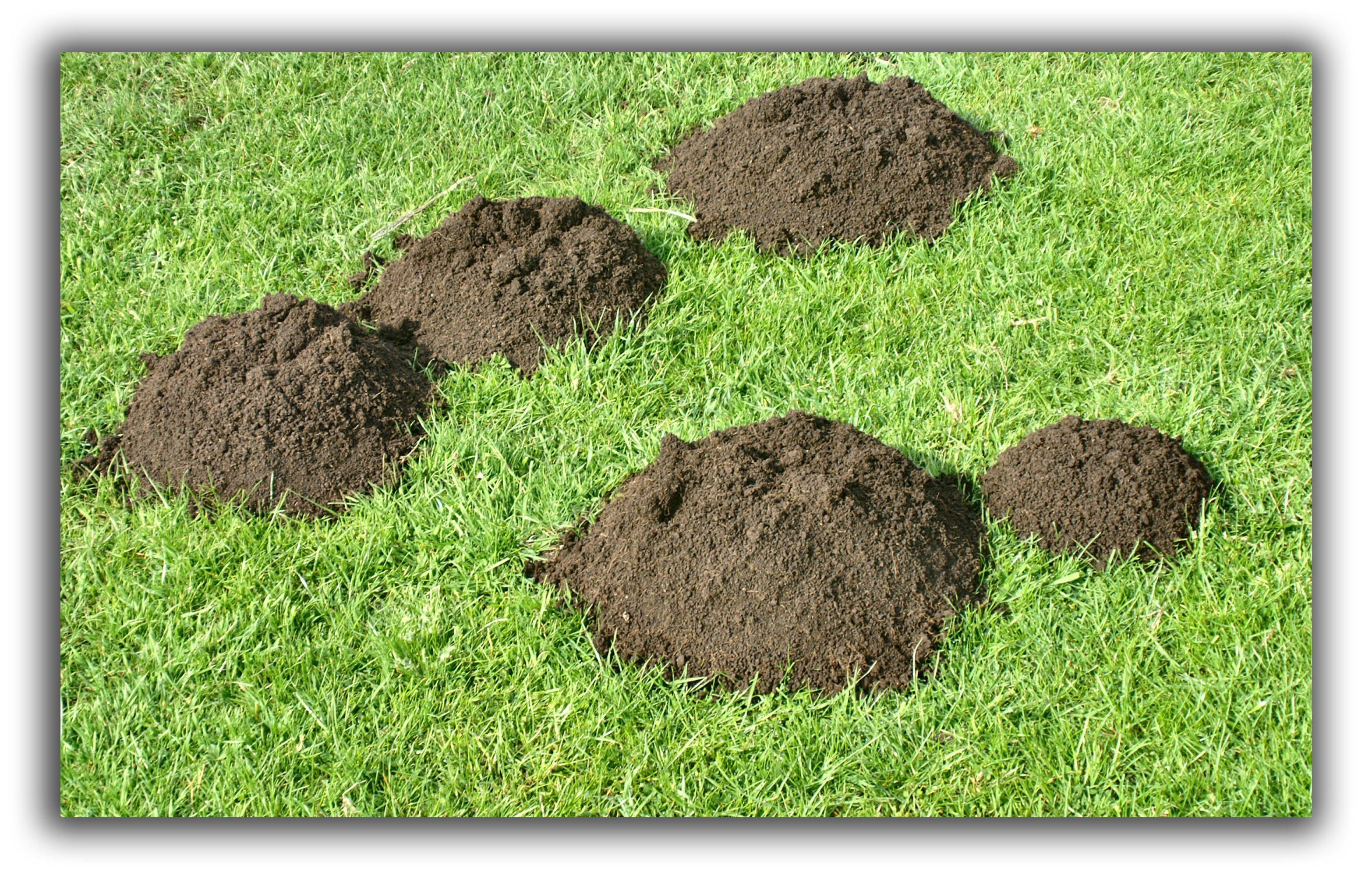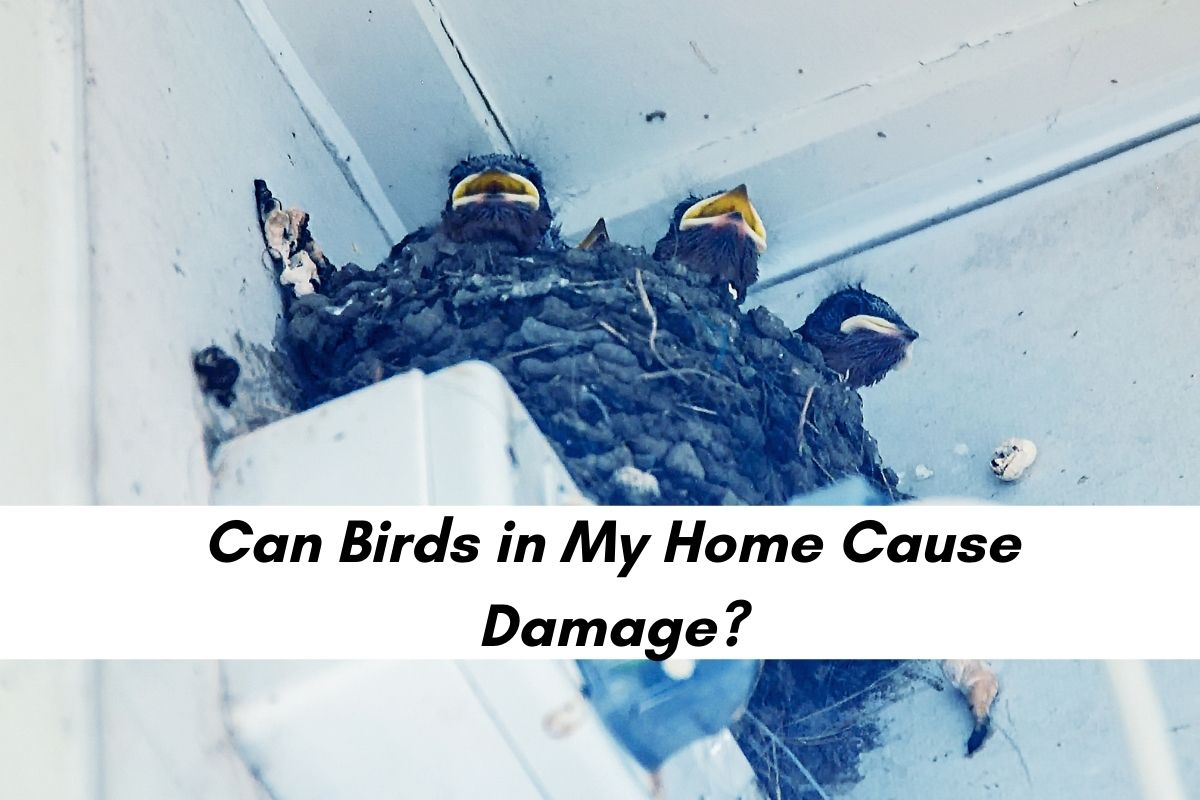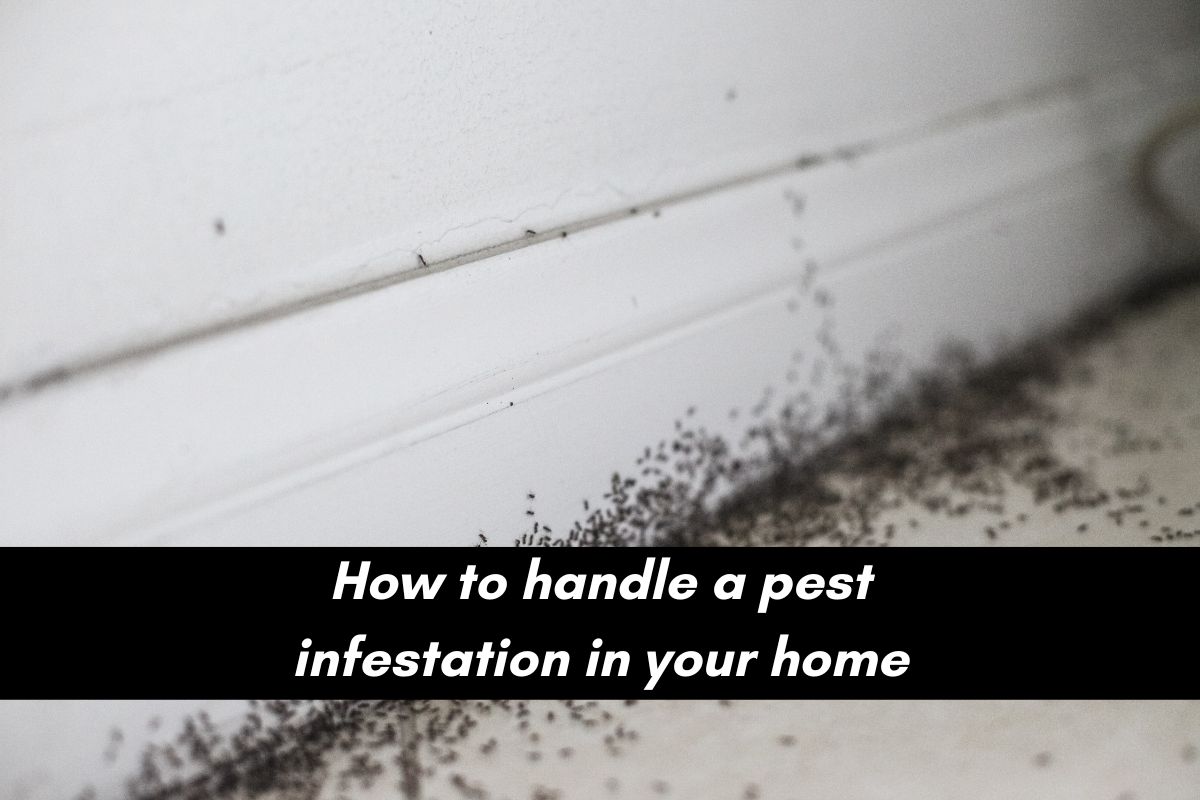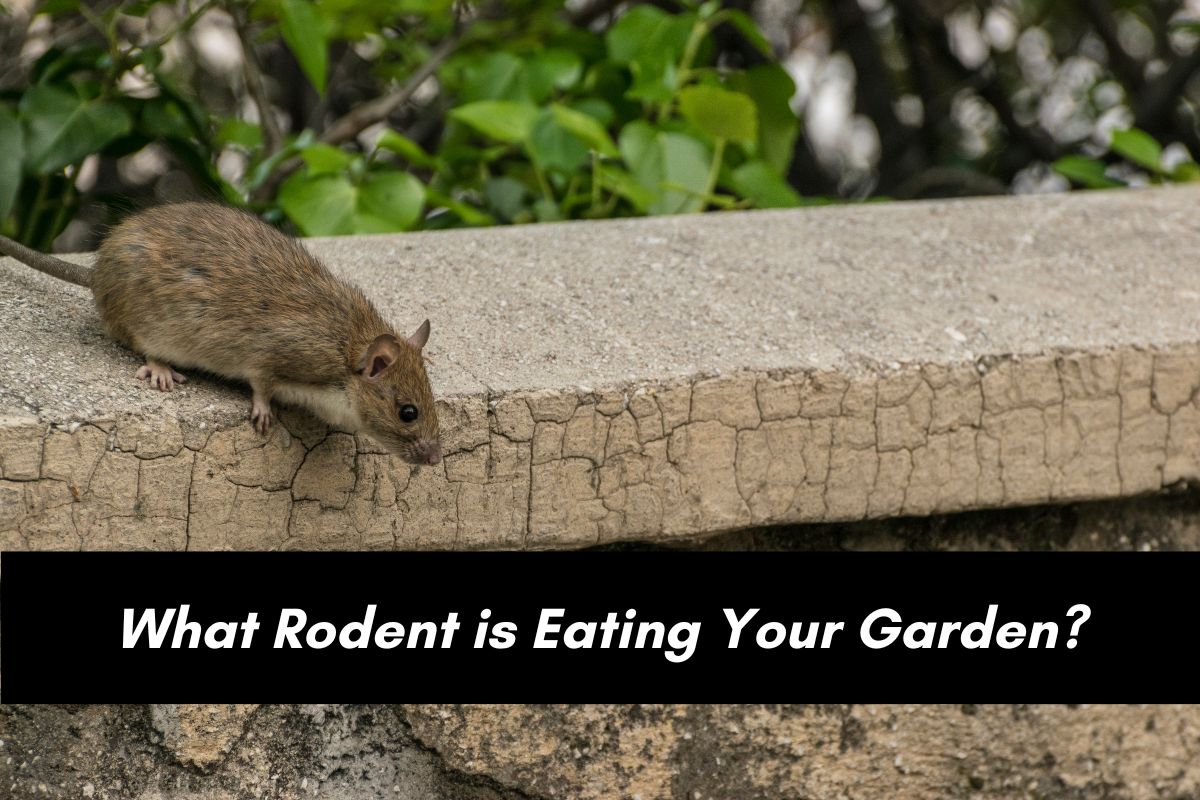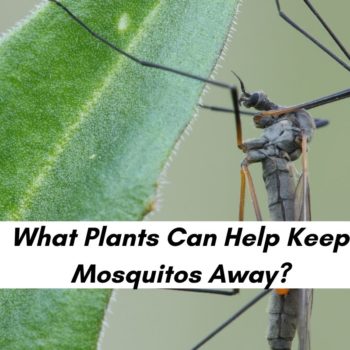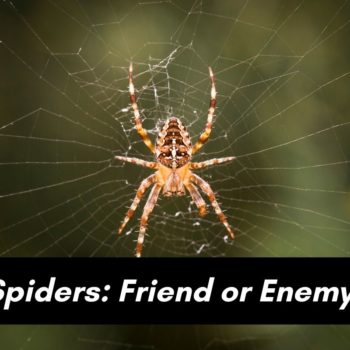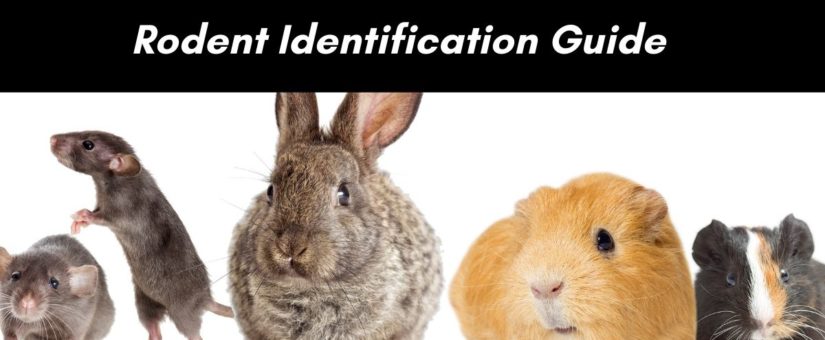
Rodents of the Triad Identification Guide
- Posted by gordonb
- On May 17, 2021
- 0 Comments
The word rodent immediately causes a reaction in most people — and not a good one. They think of a sneaky, disease-infested intruder with big teeth, who they would prefer to stay far from where they eat and sleep. But a little basic knowledge about rodents, especially the ones we have here in the Triad area of North Carolina, can go a long way to clear up common areas of confusion.
To start, it’s important to understand what a rodent even is. Rodents are members of the order Rodentia. The word comes from the Latin word “to gnaw,” and for good reason. The main identifying feature that separates rodents from other similar small mammals, like rabbits, is that they have one pair of upper and one pair of lower incisors that grow for their entire life. They gnaw in order to file down some of this growth.
It’s not just their teeth that are large. Rodents are the largest mammal order, accounting for 40% of all mammal species. And it isn’t even close, with the next largest order, bats, being half that size. With that many species, there is bound to be some interesting variety. Let’s look at just a few of the rodents that we have here in Greensboro, Winston-Salem and the greater Triad.
Rodents in the Piedmont Triad
- House mice: It is not uncommon to find a little mouse in the garage or to hear one scurrying around inside the walls of your home. For that reason, this species of mouse is known as a house mouse. They try to avoid human contact, but living in close quarters, they can bring diseases and will chew on electrical wires, which can lead to fires.
- Squirrels: North Carolina is home to a few types of squirrels, including a couple flying squirrel species in the western part of the state. In the Piedmont, though, you’re more likely to see the common gray squirrel and the fox squirrel. Gray squirrels are more common, but often people don’t realize when they are seeing a fox squirrel, since they look fairly similar, but with a darker coat and larger size.
- Black rats: This is one species that makes homeowners shiver because of their size and reputation for living in attics and gutters. They are even known as “roof rats” because of their great climbing ability, and love for making a home in high-up places.
- Voles: Not to be confused with moles, voles are good at two things — digging and reproducing. And they do both a lot. After only a month, a vole is sexually mature and then will have up to 10 litters per year. These quickly expanding colonies can wreak havoc on a backyard if not put in check.
- Norway rats: Also known as a common rat or brown rat, the Norway rat is another that likes to live in close proximity to humans. They will not climb as effectively as roof rats, but they still find ways into buildings and are carriers of many diseases. They can also chew wiring and cause other damage to a property.
Some small mammals that you will sometimes see on a list of rodents, but that are NOT actually rodents, include hedgehogs, shrews, bats, moles and rabbits.
Need to get rid of pest rodents on your property? Call Critter Control of the Triad at 336-370-0445. We serve Greensboro, Winston-Salem, High Point, Burlington and the surrounding Piedmont Triad region in Guilford, Forsyth and Alamance counties.




